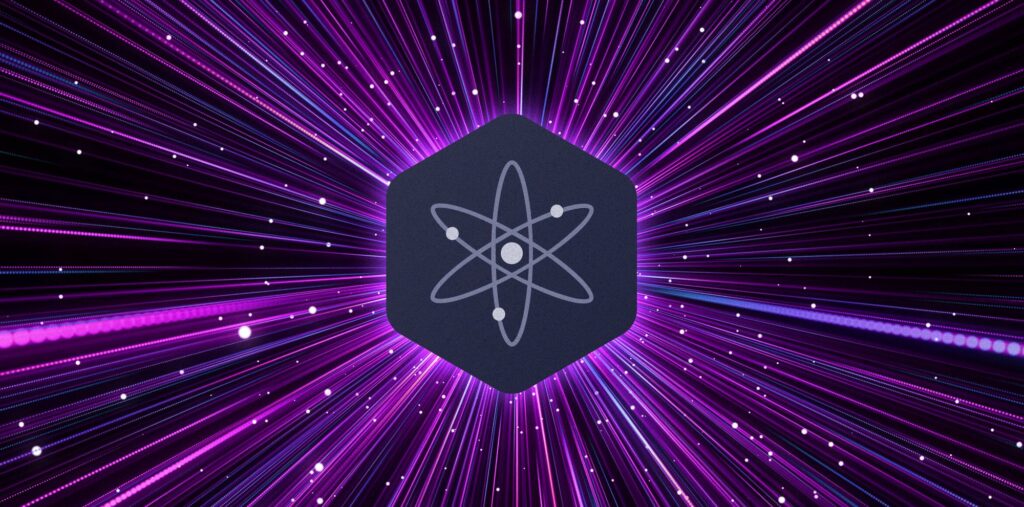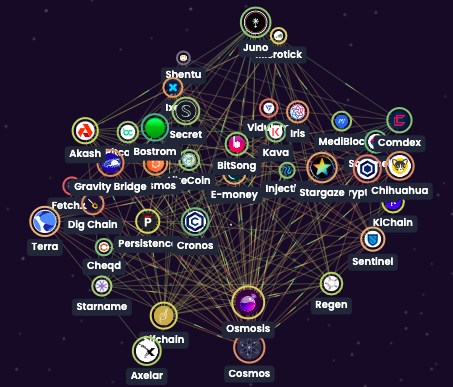
Introduction of Cosmos
Cosmos is an ever-expanding ecosystem of interconnected apps and services, built for a decentralized future. Cosmos apps and services connect using IBC, the Inter-Blockchain Communication protocol. This innovation enables you to freely exchange assets and data across sovereign, decentralized blockchains.
Cosmos focus on customizability and interoperability, setting Cosmos apart from other projects. The goal of Cosmos is to foster an ecosystem of networks that can share data and tokens programmatically, with no central party facilitating the activity.
The Interchain Foundation (ICF), a Swiss non-profit that funds open source blockchain projects, is the organization that helped develop and launch Cosmos. Developers Jae Kwon and Ethan Buchman co-founded the Cosmos network in 2014, at the time creating Tendermint, the consensus algorithm that would go on to power Cosmos.
Each new independent blockchain created within Cosmos (called a “zone”) is then tethered to the Cosmos Hub, which maintains a record of the state of each zone and vice versa. The Cosmos Hub is a blockchain that provides vital services to the Interchain., serving as the economic center of Cosmos.
The Cosmos Hub, a proof-of-stake blockchain, is powered by its native ATOM cryptocurrency.
ATOM
ATOM has 3 main uses. First, users pay their transaction fees using Atom using a gas-based system. ATOM also allows you to participate in governance and is used in the network’s consensus mechanism. The token is inflationary, and coins are minted based on the total number of ATOM staked.

How does Cosmos Work
The Cosmos network consists of three layers:
• Application – Processes transactions and updates the state of the network
• Networking – Allows communication between transactions and blockchains
• Consensus – Helps nodes agree on the current state of the system.
In order to tie all the layers together, and to allow developers to build blockchain applications, Cosmos relies on a set of open-source tools.
Tendermint
The most essential element to this layered design is the Tendermint BFT engine, the part of the network that allows developers to build blockchains without having to code them from scratch.
Tendermint BFT is an algorithm used by the network of computers running the Cosmos software to secure the network, validate transactions and commit blocks to the blockchain. It connects to applications through a protocol called the Application Blockchain Interface.
Tendermint Byzantine Fault Tolerance (BFT)
Central to Tendermint is Tendermint Core, a proof-of-stake (PoS) governance mechanism that keeps the distributed network of computers running Cosmos Hub in sync.
In order for the participants (“validator nodes”) to power the blockchain and vote on changes, they need to first stake ATOM. To become a validator, a node needs to be in the top 100 of nodes staking ATOM. Voting power is determined by the amount of ATOM staked.
Users can also delegate their tokens to other validators, allocating votes to them while still earning a portion of the block reward.
Validators are incentivized to perform honestly, because users have the flexibility to easily switch between the validators they delegate ATOM to, depending on their voting preferences.



